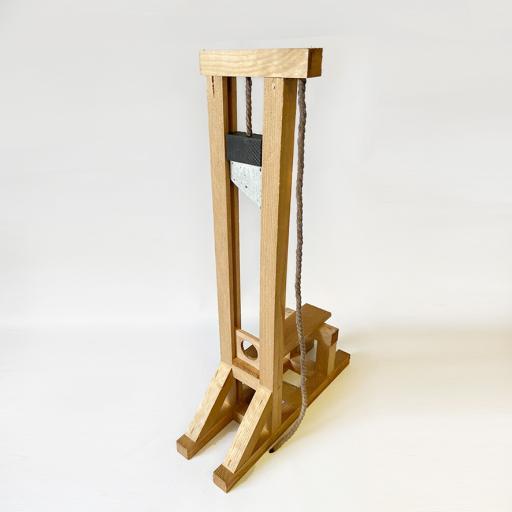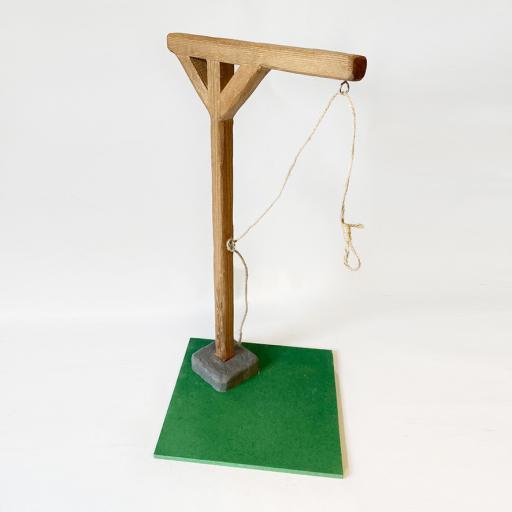Why teach crime and Punishment in Primary Schools?
For thousands of years, crime and punishment have been a significant aspect of human history. Although different communities have dealt with offenders in different ways, some fundamental ideas have never changed. Various objects have been employed as punishment tools over time. We'll look at a few of the methods that have been employed historically to punish offenders in this blog post.
Crimes were frequently met with terrible punishment in the past. For instance, criminals in ancient Egypt risked having their hands severed. Criminals might be banished or sold into slavery in ancient Greece. The pillory, a wooden frame featuring openings for the head and hands, was one of the punishment implements used in ancient times. The people would jeer and hurl objects at criminals as punishment while they were chained to the pillory and left on display.
In Europe's Middle Ages, the Catholic Church dominated society and exercised considerable influence on the legal system. Crimes were frequently punished harshly, including being burnt at the stake for witchcraft. The stocks, which are similar to the pillory but include holes for people's feet instead, were another example of equipment used in that period. As a form of punishment, criminals were chained to stocks and made to sit in a public area. The beheading, which was a typical method of execution at the time, would have been performed using the executioner's axe.
Many nations started to alter their perspectives on crime and punishment in the 18th and 19th centuries. They thought that rather than just punishing criminals, they ought to reform them. As a result, prisons were built where offenders could be housed while receiving instruction and training to help them become better citizens after being released. Some harsher kinds of punishment, however, were still in use. For example, the ducking stool, a penalty frequently applied to women convicted of witchcraft or scolding, included tying a chair to a long pole and drowning the offender in water. This period saw the usage of the guillotine, a device that uses a blade to execute people.
Most nations in the modern age have a criminal justice system that consists of the police, courts, and prisons. The penalty for a crime is determined by the country's laws and how serious the offence was. Murder is one particularly serious crime that carries a life sentence in prison or perhaps the death penalty. Other offences, like shoplifting, are less serious and may only carry a fine or community service requirement. In recent years, the usage of tools for punishment has declined, but some examples include the gibbet, a punishment tool in which offenders were hung in metal cages in plain sight, and the wooden truncheon, a short stick used by the police and other law enforcement officers as a weapon.
Schools should emphasise teaching students about crime and punishment throughout history for a number of reasons. In the first place, it offers students a historical perspective on the development of criminal justice systems and the methods used by civilizations to combat criminal behaviour. This knowledge offers a foundation for critical reflection and analysis on the efficacy of present criminal justice practises as well as aids in contextualising them. Second, it aids in fostering a better comprehension of how crime, the law, and societal standards are related to one another. This knowledge can help foster respect for the rule of law and the development of civic responsibility. Students can also discover the causes of crime and the manner in which societal elements like poverty, injustice, and discrimination have influenced crime throughout history by studying crime and punishment across time. Finally, by exposing children to the severe penalties and injustices that have been meted out to people throughout history, this form of instruction can also promote empathy and a deeper understanding for human rights. Overall, a comprehensive education that teaches about crime and punishment throughout history is essential of a comprehensive education that equips learners to take active civic roles.
In conclusion, crime and punishment have changed over time, but the fundamental aim of defending society and helping offenders get better has remained constant. The means and techniques of punishment have changed over time, but they have all been used to inflict bodily suffering and humiliation as a form of punishment and to deter future criminal behaviour. Modern civilization has shifted away from harsher kinds of punishment and toward alternatives like jail and reformation.


















